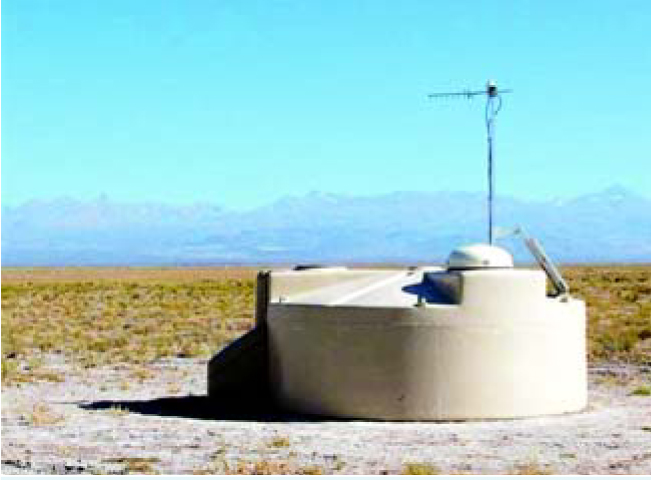Cosmic colorado
DOI: 10.1063/1.2062912
The plains of southeastern Colorado have been chosen as the northern site of the Pierre Auger Observatory, a high-energy cosmic-ray detector. The site beat out Utah, the original front-runner, due to easier land access and greater potential for expanding the experiment.
Like its counterpart in the Southern Hemisphere, Auger-North will consist of 1600 tanks, each holding 12 000 liters of water and spaced at 1.5-km intervals, plus two dozen fluorescence telescopes. Charged particles produced by cosmic-ray showers are detected as they pass through the tanks and emit Cherenkov radiation, while the shower path can be traced by the telescopes.
The particles Auger is after are 10 million or more times as energetic as those produced in manmade particle accelerators and are rare: Above 1019 eV, only one particle per square kilometer is incident per year; above 1020 eV, it’s one per century. With Auger, scientists hope to unlock the mysteries of what the high-energy particles are and where they get their energy.
This month at a conference in Pune, India, the collaboration will present the first energy spectrum from the still-incomplete Auger-South. The data confirm that the detector and analysis are working.
Researchers from the 16 countries involved in the Auger experiment plan to submit proposals for the northern observatory to their various funding agencies by late 2007. Construction is expected to cost about $50 million.

An Auger Cherenkov detector.
AUGER COLLABORATION

More about the Authors
Toni Feder. tfeder@aip.org
